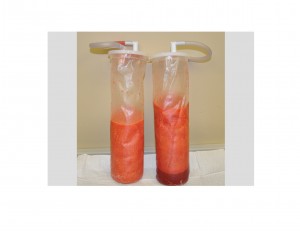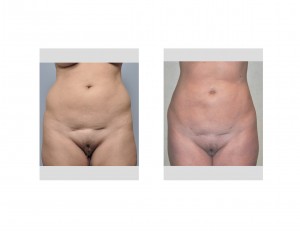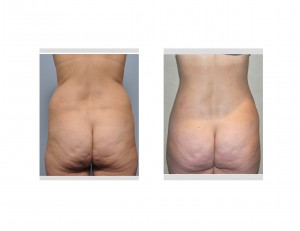Liposuction is one of the most commonly performed of all body contouring plastic surgery procedures. It is also uniquely effective being able to reduce large volumes of fat over broad body surface areas. To no surprise the most common body areas treated with liposuction is the abdomen and lateral waistline. (aka flanks, love handles) These areas are also the largest single continuous body surface area treated that is not a flat surface and wraps around two ‘corners’. (waistline)
While abdominal liposuction is a frequent request, what one can expect after the procedure in terms of recovery and results is not well understood or appreciated by most patients. As a starting premise, liposuction is much harder to go through and recover from than the way it is frequently advertised and marketed. There is no such thing as ‘lunchtime’ or rapid recovery liposuction. While the procedure may be able to performed in an hour or two and may even be done under some form of local or sedation anesthesia, do not confuse the surgery process with how the recovery will go or how long it may take to see the final result.
No matter what technique of liposuction and anesthetic technique that is used, it is a very traumatic process to the subcutaneous tissues. This results in more swelling and bruising that one may anticipate and a much longer period of time until all the details of the final contours are seen. This is best illustrated by going through the sequence of a typical abdominal liposuction case.
This is a 38 year-old female who was an athletic horse rider (5’ 9”, 165 lbs) but had developed some abdominal and waistline fat that she could just not get rid of. Her abdominal skin did not have any significant stretch marks and was not loose or redundant. In short, she was an ideal candidate for liposuction…the type of patient plastic surgeons wish all liposuction candidates looked like before surgery.




Dr. Barry Eppley
Indianapolis, Indiana


